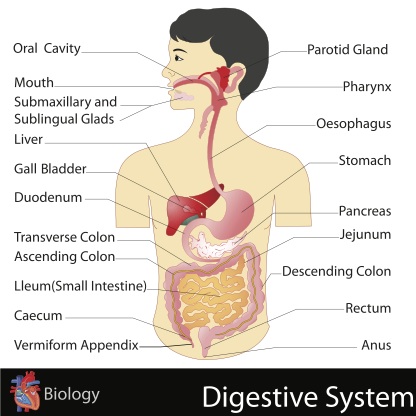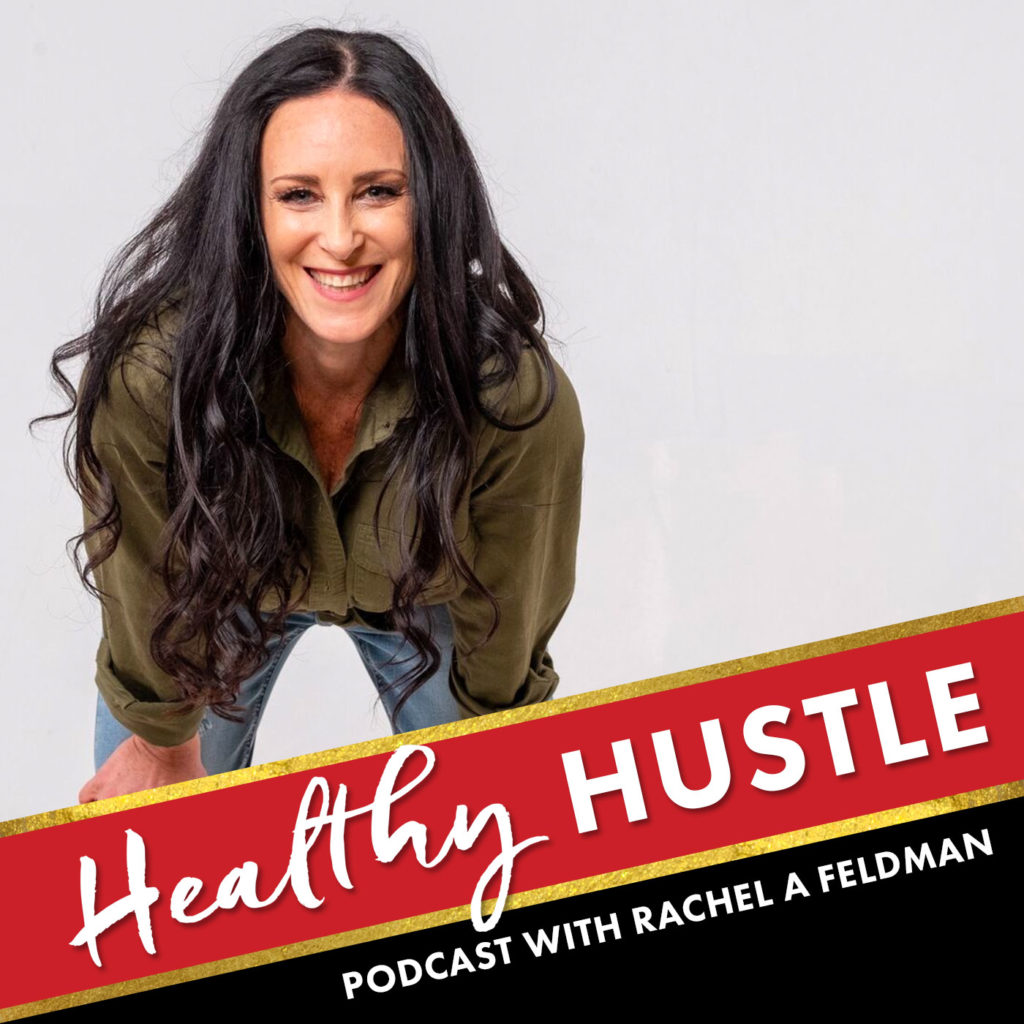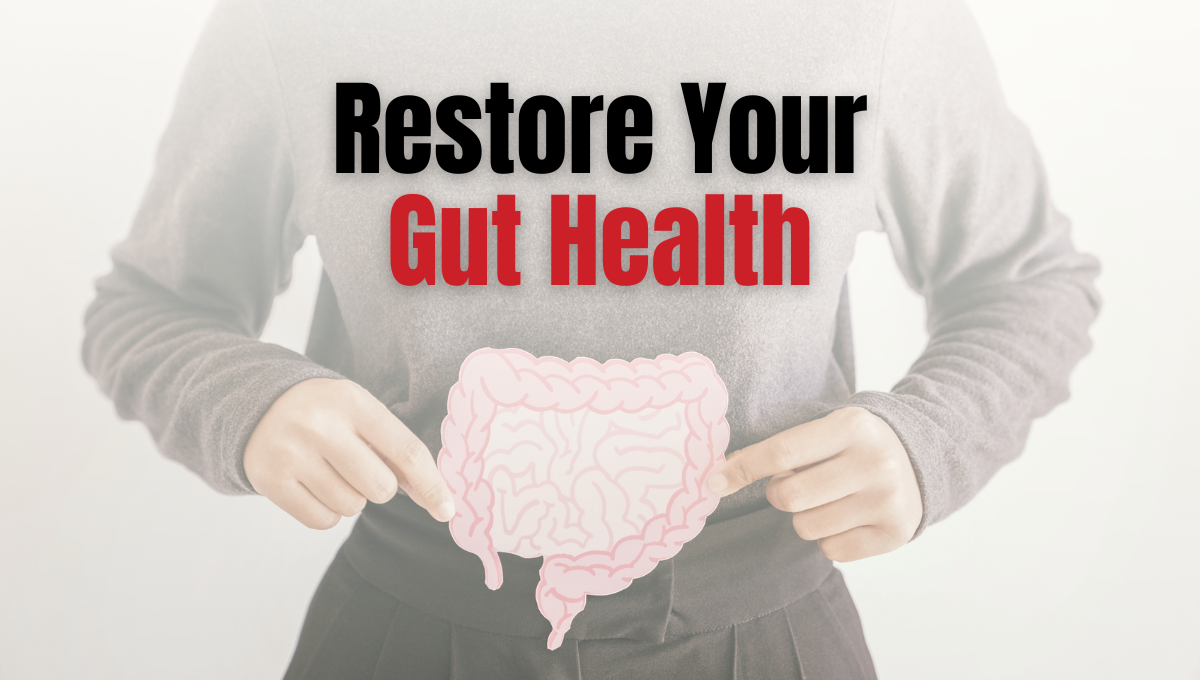Eat Your Heart Out For Gut Health.
Let’s chat for a second about organ meats. I know, I know. You’ve got your grandma on your back telling you to eat liver and onions, and now I’m going to tell you the same thing. When you’re making the beautiful switch over to a traditional, gut-healthy diet, one of the steps you might want to take is to up your intake of organ meats.
I have to be honest. I was a vegan, vegetarian, paleo, primal, raw, all fruit eating and all veggie eating person until one day I woke up and said, “why don’t I listen to my own gut and what works for me.
I have found bone broth, miso soup, green juices, smoothies (and if you want to join my 21 Day Smoothie Party, click here, and eating simple meals has worked to combat inflammation.
I was finally diagnosed with ulcerative colitis after so many years and so many differemt tests – and doctors telling me I had inflammation. Pretty much – my digestive system was a hot mess.
I work with people just like me – been told they have inflammation but what does that really mean?
It means we need to rebuild the gut and there are simple ways we can do that but they are different for everyone.
Each season I create a new detox/cleanse and elimination diet becasue it took me a long time to realize certain foods were inflaming my gut.
I thought I was eating healthy but it was not healthy for me.
Many have found organ meats to be amazing for rebuilding the gut intestinal lining and restoring energy.
Dr Mercola interviewed one of the leaders in this GUT industry, Natasha McBride and I needed to share this infomration from his site here.
“Heal and Seal” Your Gut to Reverse Disease by Dr. Mercola
I have been a strong advocate of nutritional therapies for many decades. That certainly gets you to a level of health, but the introduction of fermented foods, and the “heal and seal” process that Dr. McBride has developed can help take your health to the next level. So I’m thrilled to announce that we’ll be conducting a series of interviews and videos expounding on these principles.
I’m firmly convinced that if we can share this information with enough people and reeducate them about some of the most important basic processes that have been abandoned over the years, large amounts of people will start to recapture their health!
Here, we begin by discussing the basic principles for how to implement the GAPS program. GAPS stands for Gut and Psychology Syndrome. It also stands for Gut and Physiology Syndrome.
“In terms of Gut and Psychology Syndrome, we are talking about the functioning of the brain of the person,” Dr. McBride explains. “Any dysfunction of the brain is usually connected to what’s going on in the digestive system. In Gut and Physiology Syndrome, we’re talking about the functioning of the rest of the body. Hippocrates… made a statement that all diseases begin in the gut. The more we learn now with all our modern scientific tools, the more we realize just how correct he was.”
In terms of Gut and Physiology Syndrome, we’re talking about all forms of autoimmunity and inflammatory diseases and conditions, such as:
- Multiple sclerosis
- Type 1 diabetes
- Rheumatoid arthritis
- Osteoarthritis
- Lupus
- Crohn’s disease
- Ulcerative colitis
- Chronic skin conditions
- Kidney problems
- Urinary conditions
- Allergic and atopic conditions
- Degenerative conditions
- Chronic fatigue syndrome
- Fibromyalgia Myalgic encephalomyelitis (ME)
- Inflammatory bowel diseases
“Once you heal and seal your gut lining, and once you make your digestive system healthy and working properly again, you’ll be surprised how many various symptoms in your body originated from your digestive system. Most [symptoms] start disappearing, because the health and the disease are usually born inside your digestive system. That’s where they originate from,” she explains.
Let’s chat for a second about organ meats. I know, I know. You’ve got your grandma on your back telling you to eat liver and onions, and now I’m going to tell you the same thing. When you’re making the beautiful switch over to a traditional, gut-healthy diet, one of the steps you might want to take is to up your intake of organ meats.
|
|
|
Liver. Possibly the most common organ meat consumed in the U.S., liver was once regarded as a meal for the affluent and was even named one of the Eight Delicacies in The Li-Chi, a handbook of rituals published during China’s Han era. So why should you be eating it? According to those in the know, liver is an excellent source of high quality protein; contains an abundance of vitamin A and several B vitamins; is an excellent source of folic acid and iron; is the number one food source of copper; and contains CoQ10, which is important for cardiovascular function.
Heart. Talk about eating your heart out – depending on the size of the animal the heart is yielded from, the heart could weigh as much as 3 lbs. Because it is a muscle meat, heart is very similar to steak, roasts and ground beef, but is typically less expensive (we blame the “ick” factor for that!) and actually has a higher protein content. In addition, heart is an excellent source of a number of nutrients, including thiamin, folate, selenium, phosphorus, zinc, CoQ10 and several of the B vitamins. In addition, beef heart contains amino acids that are thought to improve metabolism and compounds that promote the production of collagen and elastin.
Kidney. Kidneys are most frequently available in beef, lamb and pork form and are generally sold trimmed, with the central strip of hard white fat and the outer membrane removed. We recommend that you ease into eating kidneys by first purchasing beef kidneys, which have a milder flavor and are also the easiest – and least expensive – variety.
Sweetbreads. “Sweetbreads” refers to the thymus and – depending on who you talk to – the pancreas glands of a calf or young cow, lamb or pig. In general, sweetbreads are pinkish-white in color, with those from the heart or belly taking on a round, plump appearance and those from the throat appearing more elongated and cylindrical.
Remember there is no right or wrong with diet but when diet is not right – a lot can go wrong. Let’s change that for you. Contact me if you have any questions. Why Suffer when you can thrive…
 Rachel Feldman is a health coach, wellness momma, and a detox specialist. Based in Boca Raton, Florida, Rachel assists clients nationwide via phone, email and Skype. Rachel helps men and women struggling with weight gain, digestive issues and toxicity. Rachel graduated from the Institute for Integrative Nutrition in New York City, Wild Rose Natural College of Healing, and the International School of Detoxification. She is also certified by the American Association of Drugless Practitioners and has obtained additional Continuing Education Units from Purchase College, State University of New York. Her approach to health focuses not only on the foods you put into your mouth but also incorporates the elements of body, mind and soul. She helps her clients to access the blueprint for their health by discovering what foods fuel the body and not inflame the body.
Rachel Feldman is a health coach, wellness momma, and a detox specialist. Based in Boca Raton, Florida, Rachel assists clients nationwide via phone, email and Skype. Rachel helps men and women struggling with weight gain, digestive issues and toxicity. Rachel graduated from the Institute for Integrative Nutrition in New York City, Wild Rose Natural College of Healing, and the International School of Detoxification. She is also certified by the American Association of Drugless Practitioners and has obtained additional Continuing Education Units from Purchase College, State University of New York. Her approach to health focuses not only on the foods you put into your mouth but also incorporates the elements of body, mind and soul. She helps her clients to access the blueprint for their health by discovering what foods fuel the body and not inflame the body.













